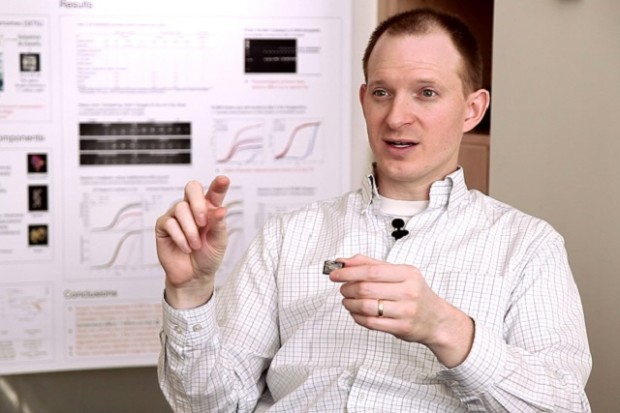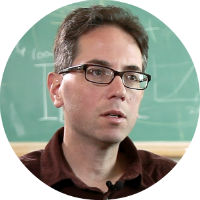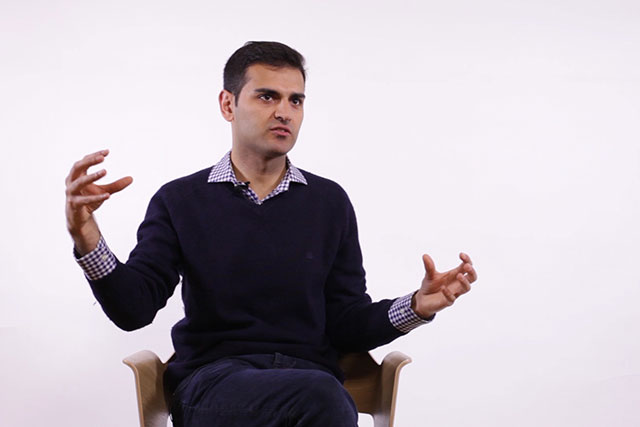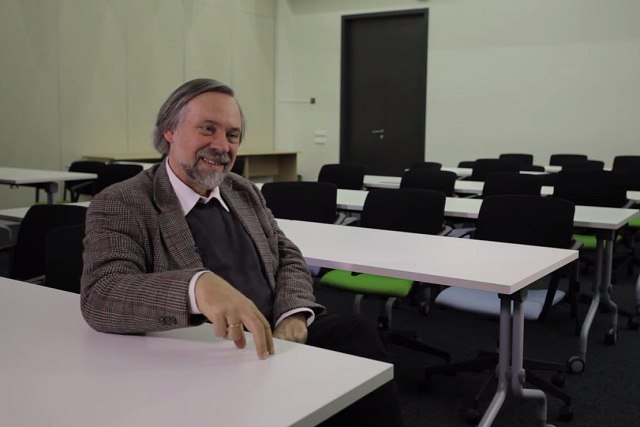Hot Jupiters
Astrophysicist Joshua Winn on giant planets formation, the puzzle of their sizes, and discovery of exoplanets
videos | April 30, 2014
How can giant planets appear on low orbits near the stars? Why are these planets so big? Why is there such a variety of orbital geometries? Associate Professor of Physics at Massachusetts Institute of Technology Joshua Winn speaks on the biggest riddles of Hot Jupiters.
According to our best theory for how a giant planet like Jupiter should form you have to start with a lot of solid material that exists in early days after a star’s first formed; the sort of leftover material from star formation. And all that dust and gas exists in a disk that surrounds the young star. And overtime that dust tends to collide, those dust grains tend to collide with one another to form a larger particles. And those larger particles collide with one another to form grains of sand which become into rocks and pebbles and boulders. And eventually you get an object that’s comparable in size to the Earth.

Another puzzle that’s raised by the Hot Jupiter’s concerns their sizes. A lot of them are the same mass as Jupiter but significantly larger in diameter, sometimes 20, 30 even 50% larger than Jupiter. And we don’t know why. This apparent bloating of these gaseous planets has presented a puzzle for more than a decade. Some theories involve the absorption of the large amount of heat that’s coming from the star and that’s being transferred into the interior of the planet causing it to bloat up.
Some of them are found to be on orbits that are highly tilted with respect to the equatorial planes of their host stars. And in fact we now know of several Hot Jupiter systems that are rotating backwards compared to the rotation of their parent stars. This we take at least at face value as evidence that these planets had some kind of interesting gravitational encounters in the past, that they were thrown around by near collisions or gravitational effects of other planets in the system that cause their orbits to be scrambled in a sense.





























